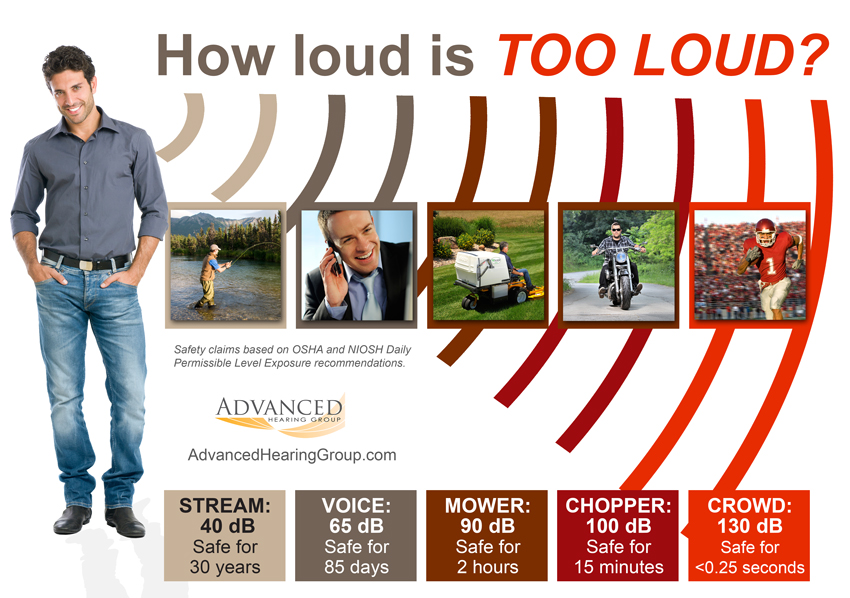Early onset hearing loss is no longer a rarity. While many not-so-old Americans find it hard to accept the fact that they are losing their hearing before the expected norm, it is slowly beginning to dawn on them that this is becoming the new reality. It has been estimated that between 30 and 40 percent of Americans in their 40’s and 50’s now have some type of auditory problem. The majority of this percentage has been attributed to high-frequency hearing loss.
Unfortunately, many middle-aged men and women won’t have their hearing checked; they are in denial that they are actually suffering from hearing loss and feel that it is a form of weakness or that they are old. We need to change this perception and encourage them to get their hearing checked and to take the necessary steps in order to correct their condition.
John Hopkins experts estimate that nearly 23 million Americans have untreated hearing loss. Studies have proven that untreated hearing loss is associated with an increased risk of falling, dementia, Alzheimer’s, depression, anxiety, fatigue and feelings of isolation. Patients who chose to wear hearing aids however, reported improved relationships with family and friends, increased participation in social activities and better quality of life.
As we age, it is normal to experience a decline in our hearing, but the process seems to be starting much sooner than expected. Scientists believe the reason behind this phenomenon is in direct correlation to our environment. We live in a noisy world; stop and listen when you are out and about next time, you will be surprised at how loud everything really is. Our senses are constantly being bombarded with noise which is the main contributor to high-frequency hearing loss.
Seth S. Horowitz, an auditory neuroscientist, described middle-age hearing loss as an epidemic and attributes it to our “…urban, iPod wearing, weed eater-wielding world.” This type of continual bombardment on our ears irreversibly destroys the sensory cells closest to our eardrums. Our bodies cannot regenerate these sensitive cells so if they are damaged, that is it, they won’t come back and our hearing will be permanently affected.
It is critical to take precautions to reduce the risk of noise-related hearing loss. Fortunately, OSHA requires hearing protection in loud work environments, but what about at home? Mowing the lawn, using a chainsaw to cut up wood, using drills or table saws to build projects, listening to music while running around; all of these activities can case hearing damage so protecting your hearing at home is just as important.
If you think you or a loved one suffers from hearing loss, don’t ignore it, or let them ignore it. Make an appointment with an audiologist; they can give you an accurate assessment of your hearing and will lay out all of your options to help remediate the problem. Ignoring it will not make it go away, so find some answers and make changes that will prevent any further hearing loss and decrease the risk factors associated with untreated hearing loss.


